Finding the shortest path
In this lesson, students will experiment with different ways of creating a path between two points with algorithm design and generalising patterns. From the patterns, they will be able to generate an algorithm for efficiently traveling through cities in a region.
Additional details
| Year band(s) | 7-8 |
|---|---|
| Content type | Lesson ideas |
| Format | Web page |
| Core and overarching concepts | Abstraction, Algorithms |
| Australian Curriculum Digital Technologies code(s) |
AC9TDI8P04
Define and decompose real-world problems with design criteria and by creating user stories
AC9TDI8P05
Design algorithms involving nested control structures and represent them using flowcharts and pseudocode
AC9TDI8P06
Trace algorithms to predict output for a given input and to identify errors |
| Keywords | Patterns, Algorithms, Google, Algorithm design, generalising patterns, latitude, longitude, analysis, pattern, pattern recognition, number, algebra, random, sorting, constraints, simulation, computational thinking, Google for Education, Education, GoogleCT |
| Integrated, cross-curriculum, special needs | Mathematics |
| Organisation | ESA |
| Copyright | Creative Commons Attribution 4.0, unless otherwise indicated. |
Related resources
-
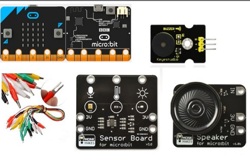
Classroom ideas: Micro:bit Environmental Measurement (visual and general-purpose programming) (Years 5-8)
Investigating environmental data with Micro:bits: This tutorial shows the coding needed for digital solutions of some environmental issues that can be created using pseudocode and visual programming.
-
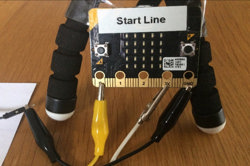
Creating a digital start line and finish line with micro:bits (Years 7-8)
The following activity suggests one-way Digital Technologies could be integrated into a unit where vehicles are being designed and produced.
-

Home automation: General purpose programming
Investigate home automation systems, including those powered by artificial intelligence (AI) with speech recognition capability.
-
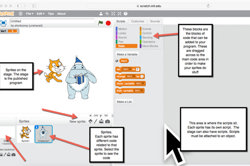
Game design
This sequence of lessons integrates game design using scratch and a Makey Makey programming board.
-
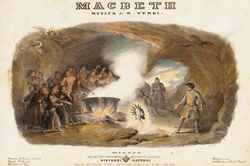
Pencil code program: Lady MacBeth Chat Bot
Use this program to create an interactive chat bot who answers questions as if she is Lady Macbeth.
-
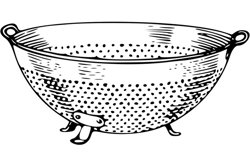
Describing an everyday object
In this lesson, students act like the inventor of an everyday object that does not yet exist.
-

How to build an integrated STEM lesson using Minecraft
This sample STEM activity, demonstrates an approach to developing cognitive skills used when students solve a problem using Minecraft to design and build a sustainable house.
